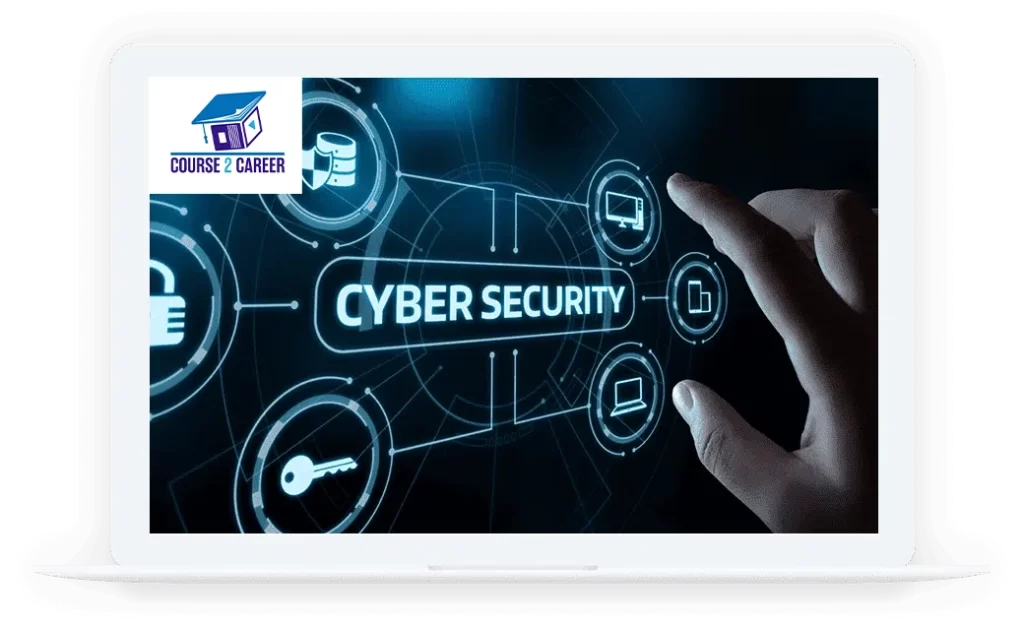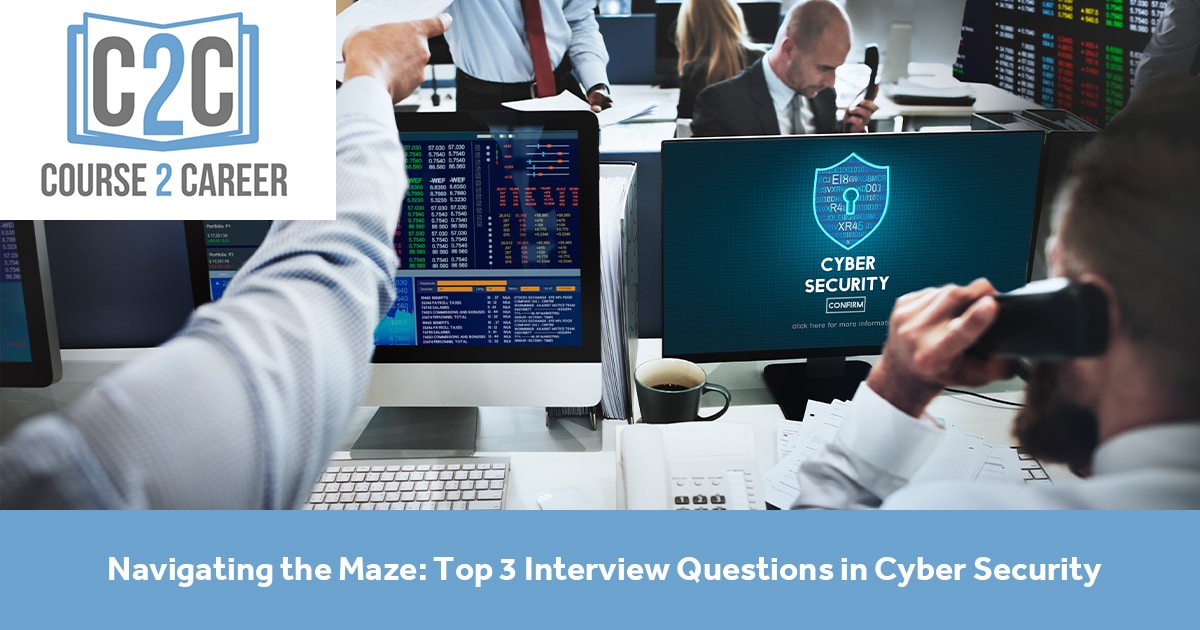Introduction:
As the digital landscape continues to evolve, the demand for skilled cybersecurity professionals is at an all-time high. Job interviews in the field of cybersecurity are rigorous, aimed at identifying individuals with the expertise to safeguard organizations from ever-evolving cyber threats. In this blog post, we will explore the top three interview questions that are crucial for aspiring cybersecurity professionals to master.
- Explain the concept of a Man-in-the-Middle (MitM) attack and how it can be prevented:
Man-in-the-Middle attacks are a common threat vector that cybersecurity professionals need to understand thoroughly. In an interview, you might be asked to explain what a MitM attack is, provide examples, and discuss preventive measures. A strong response should cover the following points:
– Definition of MitM attack: A type of cyber attack where an unauthorized third party
– intercepts and potentially alters communication between two parties.
– Examples: Wi-Fi eavesdropping, DNS spoofing, session hijacking.
– Preventive measures: Encryption (SSL/TLS), secure Wi-Fi protocols (WPA3), multi-factor authentication, and continuous monitoring for suspicious activities. - Describe the difference between symmetric and asymmetric encryption:
Encryption is a cornerstone of cybersecurity, and understanding the differences between symmetric and asymmetric encryption is crucial. Interviewers often pose this question to
assess your fundamental knowledge of cryptographic techniques. A comprehensive answer should include:
– Symmetric Encryption: Uses a single key for both encryption and decryption. Fast and efficient for large amounts of data.
– Asymmetric Encryption: Involves a pair of public and private keys for encryption and decryption, respectively. Provides a secure method for key exchange.
– Use cases: Symmetric encryption is suitable for bulk data transfer, while asymmetric encryption is often used for secure key exchange and digital signatures. - How would you approach incident response following a data breach?
Incident response is a critical aspect of cybersecurity, and professionals must be well-versed in handling security incidents effectively. Interviewers may present a hypothetical scenario or ask for a general approach to incident response. A thorough response should cover the following key steps:
– Identification: Quickly detect and confirm the incident.
– Containment: Isolate affected systems to prevent further damage.
– Eradication: Remove the threat and vulnerabilities that led to the incident.
– Recovery: Restore systems to normal operation.
Lessons learned: Conduct a post-incident analysis to improve future response strategies.
Conclusion:
– Mastering these top three interview questions in cybersecurity not only showcases your knowledge and expertise but also demonstrates your ability to think critically and apply your skills to real-world scenarios. As the cyber threat landscape continues to evolve,
-staying current with industry trends and continuously honing your skills will be essential for success in the dynamic field of cybersecurity.






